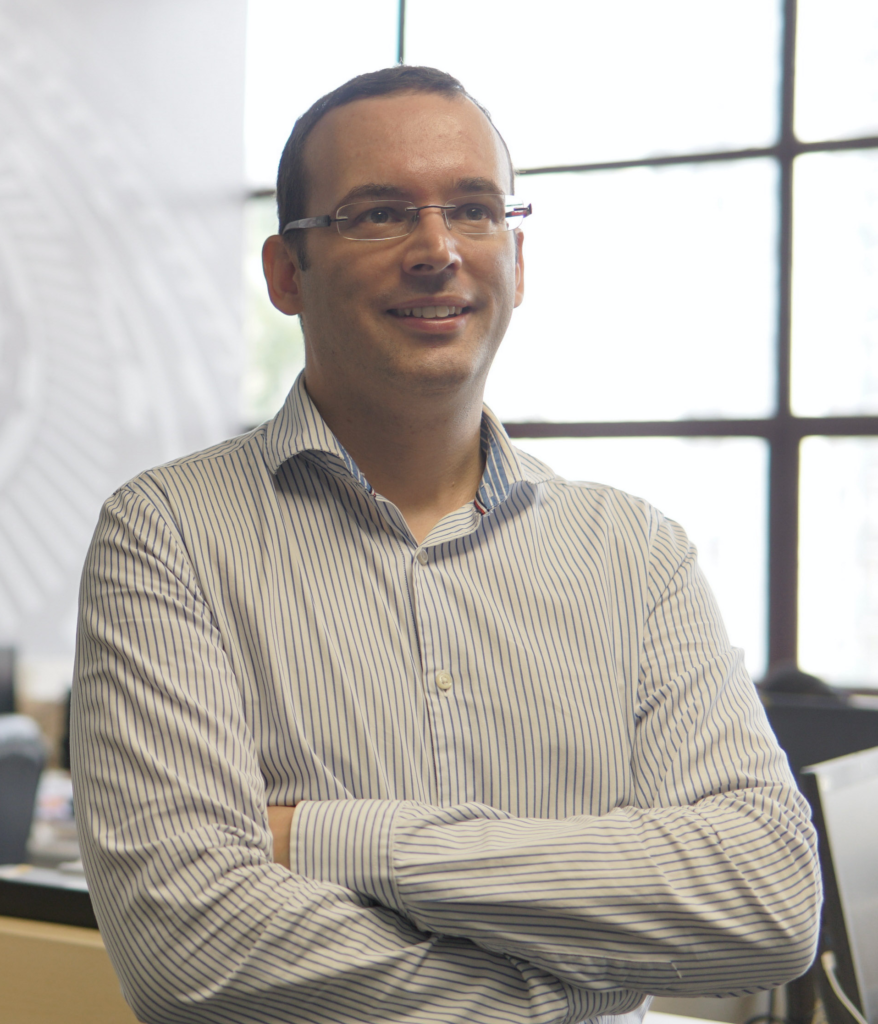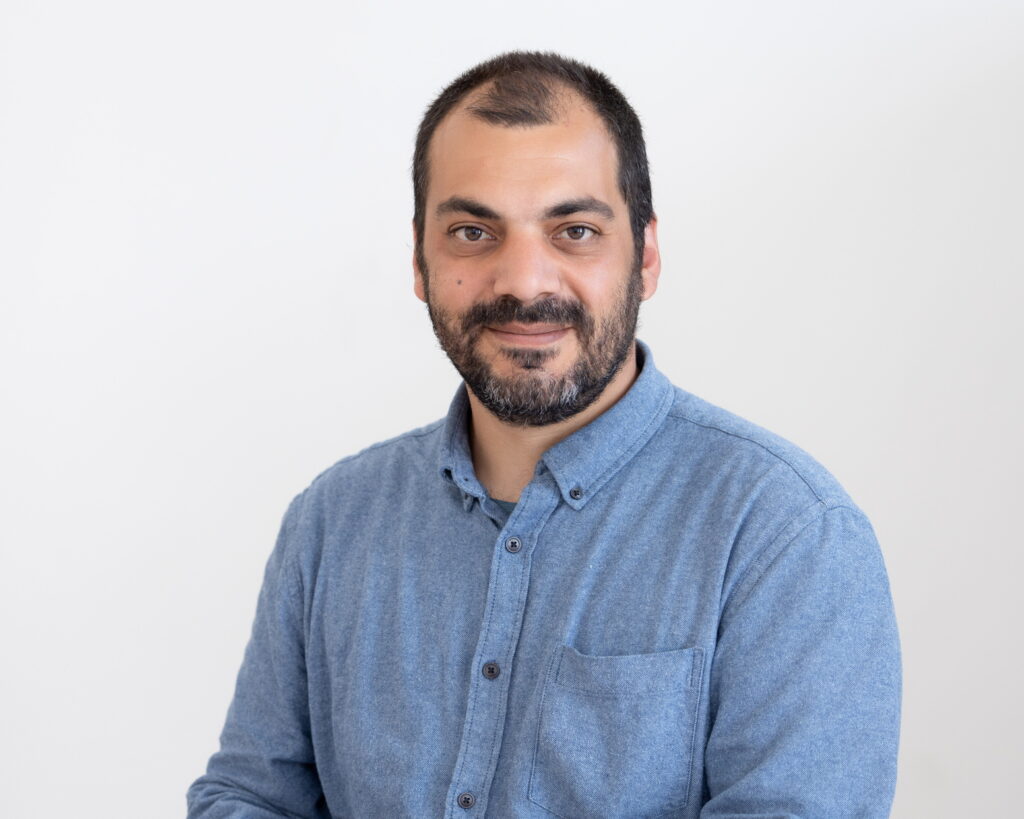Measurement events relative to temporal quantum reference frames
The Page-Wootters formalism is a proposal for reconciling the background-dependent, quantum-mechanical notion of time with the background independence of general relativity. However, there has been much discussion regarding the physical meaning of the framework. In this work, we compare two consistent approaches to the Page-Wootters formalism to clarify the operational meaning of evolution and measurements with respect to a quantum temporal reference frame. The so-called “twirled observable” approach implements measurements as operators that are invariant with respect to the Hamiltonian constraint. The “purified measurement” approach instead models measurements dynamically by modifying the constraint itself. While both approaches agree in the limit of ideal clocks, a natural generalization of the purified measurement approach to the case of non-ideal, finite-resource clocks yields a radically different picture. We discuss the physical origin of this discrepancy and argue that they describe operationally distinct situations. Moreover, we show that, for non-ideal clocks, the purified measurement approach yields time non-local, non-unitary evolution and implies a fundamental limitation to the operational definition of the temporal order of events. Nevertheless, unitarity and definite temporal order can be restored if we assume that time is discrete.




